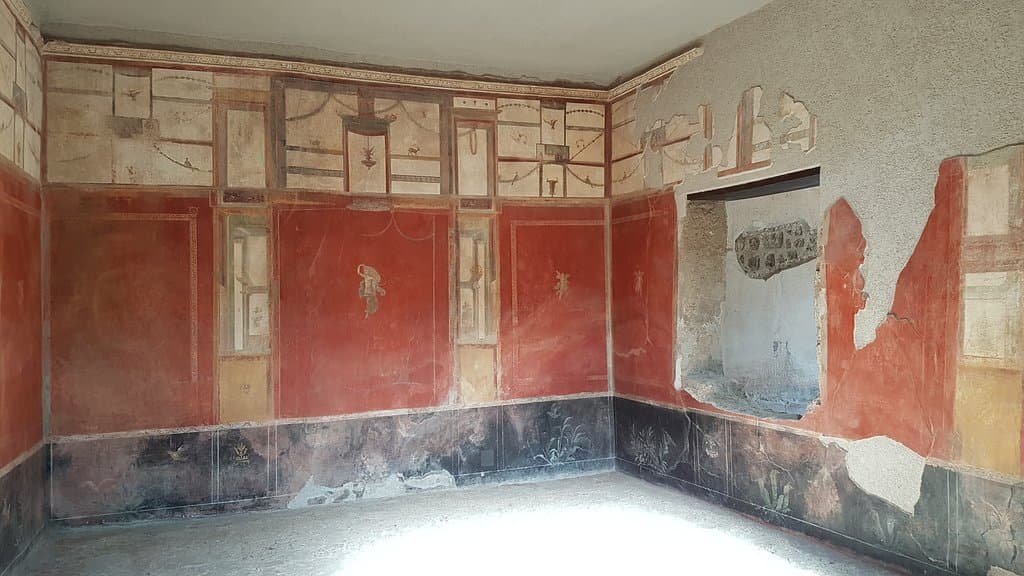
Fullonica of Stephanus Pompeii
Step back in time at Stephanus' Laundry, a preserved Roman fullonica offering a unique look at ancient daily work and life.
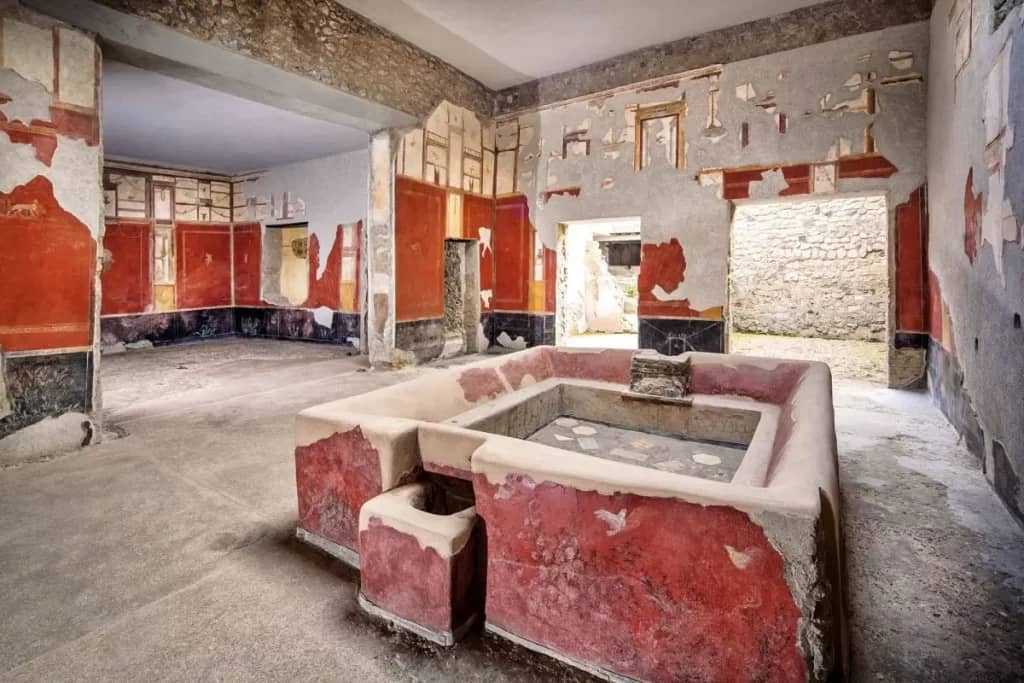
Highlights
Must-see attractions

Social
From TikTok & Reddit
Best Time
Often the only open day

Fullonica of Stephanus Pompeii
Best Time
Often the only open day

Highlights
Must-see attractions
Step back in time at Stephanus' Laundry, a preserved Roman fullonica offering a unique look at ancient daily work and life.
"An interesting glimpse into everyday Roman life, revealing ancient laundry practices and the owner's story. "
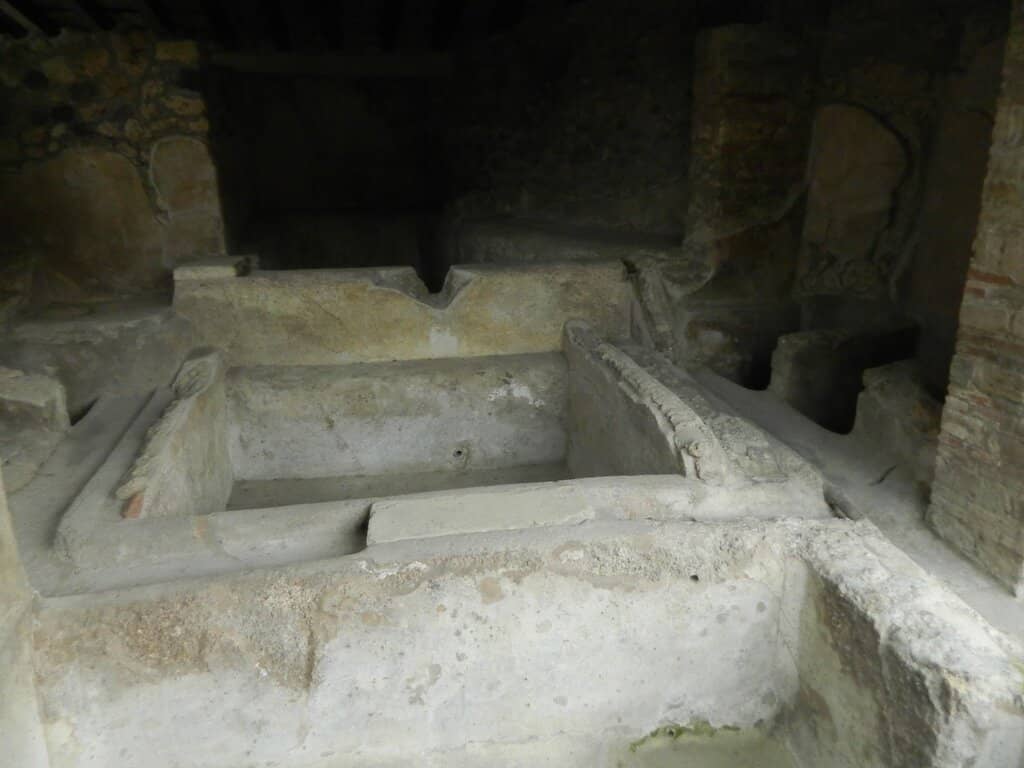
🎯 Check Opening Days
This laundry is often only open one day a week. Verify the schedule before your visit! :calendar:
💡 Research Before You Go
Use online info to understand the laundry's function, as guides might not always be present. :bulb:
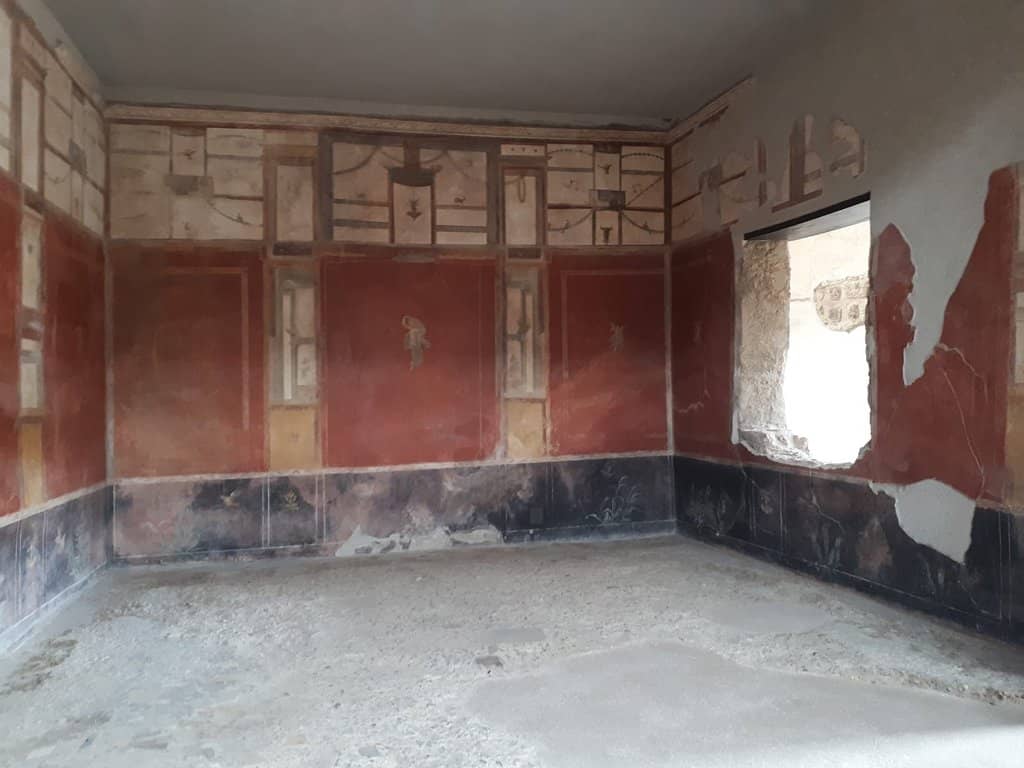
Highlights
Discover the most iconic attractions and experiences

Ancient Laundry Operations
Fullonica of Stephanus
See how Romans washed clothes with preserved cooking pots and fascinating wall coverings. A true peek into daily life.
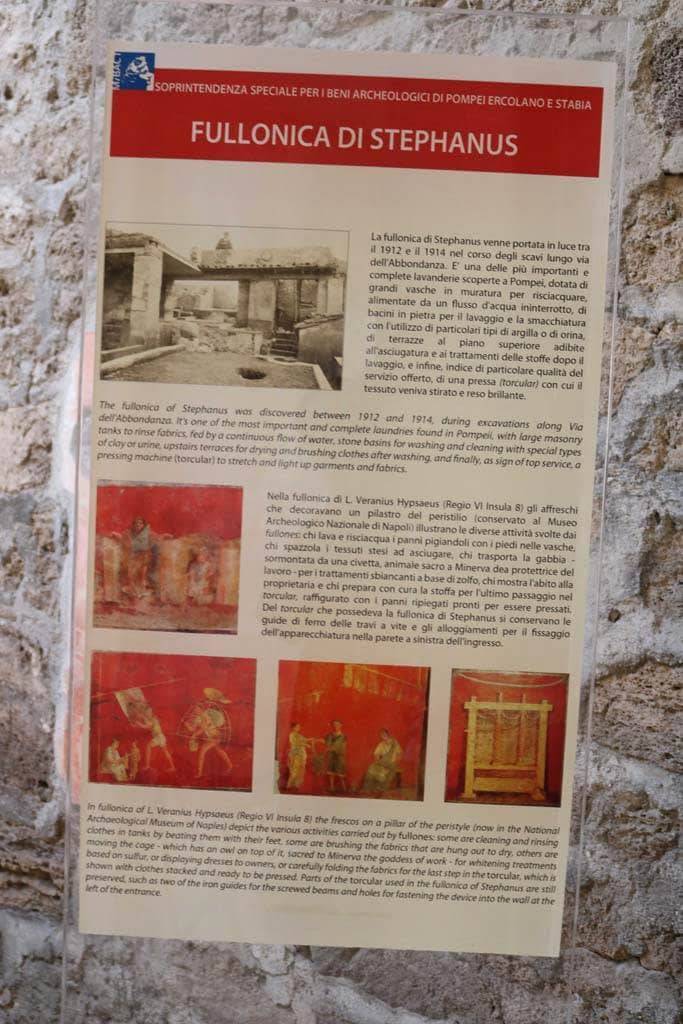
Electoral Inscriptions
Fullonica of Stephanus
Discover clues about Stephanus, the presumed owner, through ancient electoral messages on the walls.
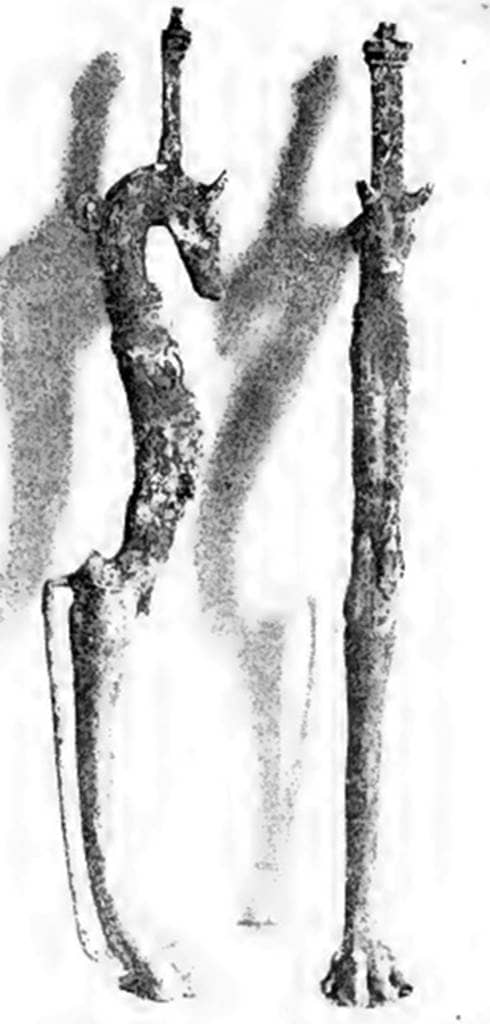
The Skeleton of Stephanus
Fullonica of Stephanus
A skeleton found with coins is believed to be Stephanus, adding a poignant human element to the site.
Plans like a pro.
Thinks like you
Planning Your Visit
Timing is Everything
Beyond the Grandeur
Best Times
Insider Tips
from TikTok, Instagram & Reddit
🎯 Check Opening Days
This laundry is often only open one day a week. Verify the schedule before your visit! :calendar:
💡 Research Before You Go
Use online info to understand the laundry's function, as guides might not always be present. :bulb:
🏺 Look for Preserved Pots
Keep an eye out for the original cooking pots still visible within the ruins. :pottery:
🖼️ Admire Wall Coverings
The colorful wall coverings offer a glimpse into the aesthetics of ancient Roman laundries. :art:
Tips
from all over the internet
🎯 Check Opening Days
This laundry is often only open one day a week. Verify the schedule before your visit! :calendar:
💡 Research Before You Go
Use online info to understand the laundry's function, as guides might not always be present. :bulb:
🏺 Look for Preserved Pots
Keep an eye out for the original cooking pots still visible within the ruins. :pottery:
🖼️ Admire Wall Coverings
The colorful wall coverings offer a glimpse into the aesthetics of ancient Roman laundries. :art:
What Travellers Say
Reviews Summary
Visitors find the Fullonica of Stephanus an interesting, though not the most visually stunning, part of Pompeii. Its value lies in offering a rare glimpse into the daily work and lives of ordinary Romans, with preserved features like cooking pots and wall coverings providing historical context. However, its limited opening hours can be a point of frustration for some.
"Ancient laundry, not the nicest building in Pompei to visit but interesting nonetheless"
Cédric Tahon
"According to the description on Pompeii’s official site, electoral inscriptions suggest that Stephanus was the owner of this fullery or laundry (adding that a skeleton found nearby in possession of coins is presumed to be Stephanus). The site includes color wall coverings and similar but is especially interesting because of how the remaining ruin reveals the everyday purpose of the structure circa 79 AD."
Jim Bowley
"we dont have guide to visit and that i just referring some information from internet to know more this old laundry shop how it run. and that also has some mural on the wall. and i think it is one of must visit place as know more how people live at here in old days"
face iam
What People Like
What People Dislike
Frequently Asked Questions
🚇 🗺️ Getting There
The Fullonica of Stephanus is located within the archaeological site of Pompeii. The easiest way to reach Pompeii is by train from Naples or Sorrento on the Circumvesuviana line. Once inside the Pompeii ruins, you'll need to navigate to the specific location of the fullonica. It's recommended to have a map of the site or use a digital guide.
Pompeii is a vast archaeological site, and finding specific buildings like the Fullonica of Stephanus can be challenging without a good map or guide. Many visitors find it helpful to download an offline map or use a guided tour to locate lesser-known structures.
The most convenient and popular way to travel to Pompeii from Naples is by taking the Circumvesuviana train from Napoli Garibaldi station. The journey takes about 30-40 minutes and stops directly at 'Pompei Scavi - Villa dei Misteri,' which is the main entrance to the archaeological site.
🎫 🎫 Tickets & Entry
No, the Fullonica of Stephanus is often considered a 'day house' and may only be open one day a week. It's crucial to check the local schedule or inquire at the entrance to confirm its accessibility on your visit day.
No, the Fullonica of Stephanus is part of the main Pompeii archaeological site. Your general admission ticket to Pompeii will grant you access to all open areas within the site, including the fullonica, provided it is open on the day of your visit.
Opening hours for Pompeii can vary seasonally. Typically, the site opens around 9:00 AM and closes between 5:00 PM and 7:00 PM. It's always best to check the official Pompeii archaeological park website for the most up-to-date hours before your visit.
Yes, many guided tours are available for Pompeii, and some may include visits to lesser-known sites like the Fullonica of Stephanus. Booking a tour can provide valuable context and ensure you don't miss out on specific attractions.
🎫 🏛️ Onsite Experience
This site offers a unique look into the daily lives of ancient Romans, specifically focusing on the operation of a laundry. You can see preserved cooking pots, wall coverings, and learn about the owner, Stephanus, through electoral inscriptions.
Expect to see the remnants of an ancient laundry facility, including areas for washing, dyeing, and drying clothes. Key features include preserved cooking pots and colorful wall decorations that provide insight into the building's purpose and aesthetics.
The Fullonica of Stephanus is relatively well-preserved, offering a clear understanding of its function as a laundry. The wall coverings and cooking pots are notable for their survival, giving visitors a tangible connection to the past.
Photography is generally permitted within the Pompeii archaeological site, including at the Fullonica of Stephanus. However, it's always good practice to be respectful of the site and other visitors. Avoid using flash photography if it's prohibited.
Since it's a specific building within the larger Pompeii site, allocate about 15-30 minutes to explore the Fullonica of Stephanus thoroughly, especially if you're researching its history or taking photos. This is in addition to the time spent exploring the rest of Pompeii.
🍽️ 🍽️ Food & Dining
While there are no dining facilities directly within the Fullonica of Stephanus itself, there are cafes and restaurants located within the Pompeii archaeological site. You can also find numerous dining options just outside the main entrances to Pompeii.
Yes, you can typically bring food and drinks into the Pompeii archaeological site. However, it's important to consume them in designated areas and dispose of any waste properly to help preserve the site.
📸 📸 Photography
The best photo opportunities include the preserved cooking pots, the colorful wall coverings, and any visible electoral inscriptions. The overall structure of the ancient laundry also makes for interesting architectural shots.
Generally, photography is allowed, but always be mindful of signs or staff instructions. Avoid using flash photography, especially on delicate frescoes or mosaics, to prevent damage.
For Different Travelers
Tailored advice for your travel style
👨👩👧 Families with Kids
To make the visit more engaging for kids, consider bringing a simple map and letting them help navigate. Discussing the skeleton of Stephanus can be a way to talk about history in a relatable, human context. Remember that Pompeii is a large site, so plan for breaks and bring snacks and water to keep energy levels up.
🧐 History Buffs & Archaeologists
Pay close attention to the wall coverings for any artistic or stylistic details that might inform broader trends in Roman art. The discovery of Stephanus' skeleton is particularly significant for bioarchaeology, offering potential data on diet, health, and cause of death. This site is a prime example of how even seemingly mundane structures can yield profound historical information.
Deep Dives
In-depth insights and expert knowledge
The Daily Grind: Life at Stephanus' Laundry
Key features include the preserved cooking pots, which were likely used for heating water or dyes, and the colorful wall coverings that adorned the interior. These murals, though perhaps less elaborate than those in wealthier homes, still provide insight into the aesthetic preferences of the time. The presence of electoral inscriptions on the walls suggests that Stephanus was likely involved in local politics or business, seeking public support.
One of the most poignant discoveries at this site was a skeleton found in possession of coins, believed to be Stephanus himself. This find humanizes the space, transforming it from a mere ruin into a place where a real person lived and worked, ultimately perishing during the eruption of Mount Vesuvius. It's a stark reminder of the human tragedy behind the preservation of Pompeii.
Understanding Fullonicae in Ancient Rome
These workshops were essential for Roman society, as clothing was a significant part of daily life and social status. The scale of operations varied, from small, family-run businesses like Stephanus' to larger establishments employing numerous workers. The Fullonica of Stephanus provides a tangible example of how these businesses were structured and operated, offering a glimpse into the ancient textile industry.
The preservation of such sites is invaluable for archaeological research, allowing historians and archaeologists to reconstruct ancient economies and daily routines. The details uncovered, from the tools used to the social and political connections of the owners, paint a richer picture of Roman life beyond the monumental architecture.
Social
from TikTok, Instagram & Reddit